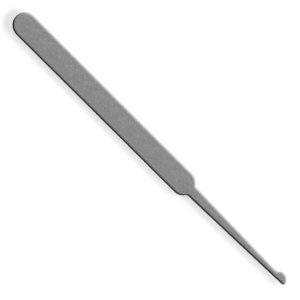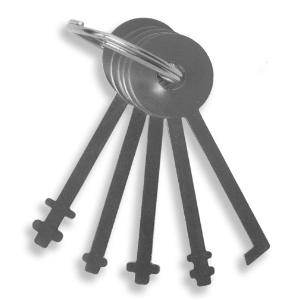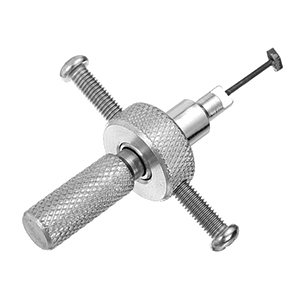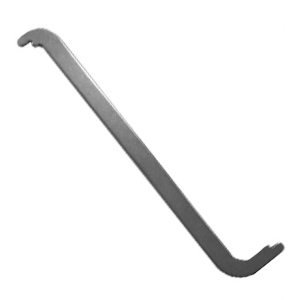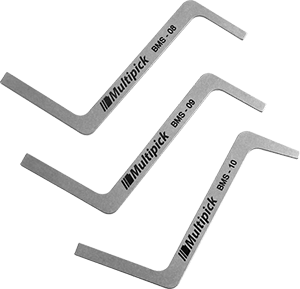 |
Short Hook. This is your most used, absolutely essential pick for single-pin picking. The size of the hook can vary anywhere between incredibly shallow to a medium reach. I personally use a Peterson Hook 1, however the Southord Slimline MSL-07 is a great backup that has served me well hundreds of times.

|
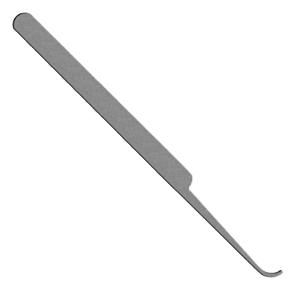 |
Long Hook. Also known as a 'Gonzo Hook' or 'Steep Hook'. Useful for reaching pins that are behind longer cut pins. My preferred long hooks would be the Peterson Hook 5 or 7, depending on reach needed.

|
 |
Diamond. A standard in most kits, but I find myself rarely using this pick. The size of the diamond can vary from small to fairly large. Sometimes these are used to zip-rake the lock, though I rarely use this technique. |
 |
Deforest. Also known as 'Offset' or 'Hooked'. Similar to the Long Hook, this pick is useful for setting pins that have low-set pins neighboring them. The offsetting of the stem allows for alternative angles when using this approach. The profile is typically Diamond or rounded.
|
 |
Peterson Reach. Similar to Deforest picks in reach and practicality. This pick is a unique design created by Peterson. |
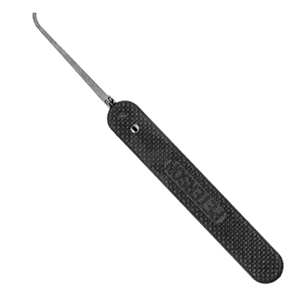 |
Peterson Gem. Somewhere between a medium hook and a diamond in profile, I find myself using this pick nearly as much as a standard short hook. Sparrows offers a variant on this design named the 'High HD'. Highly recommended.
 |
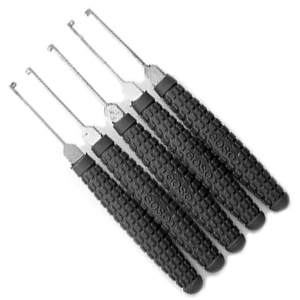 |
Flag. Flag picks, or Dimple picks, are specifically used for single-pin picking dimple locks, often in conjunction with a dimple styled tension wrench. |

















